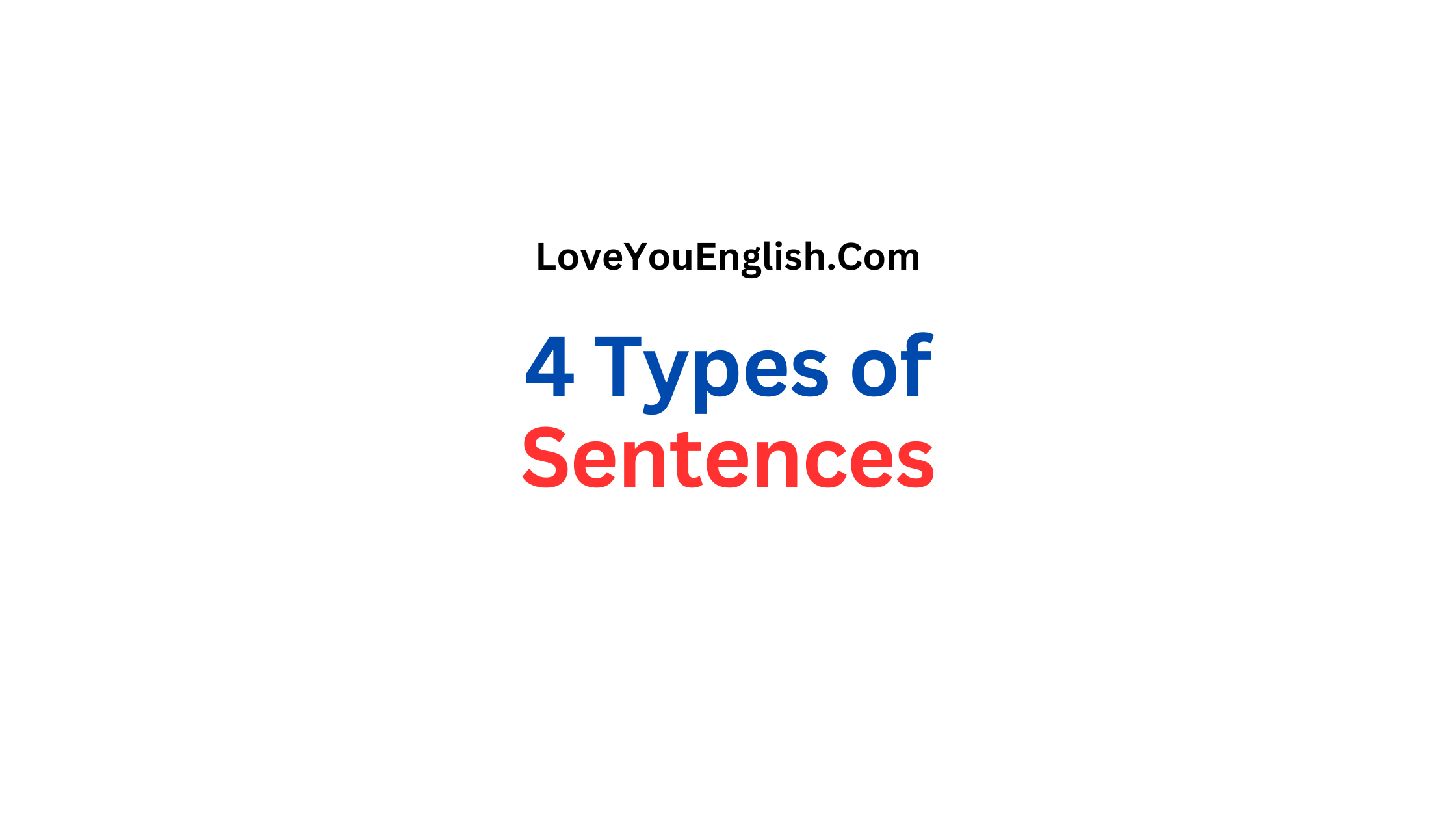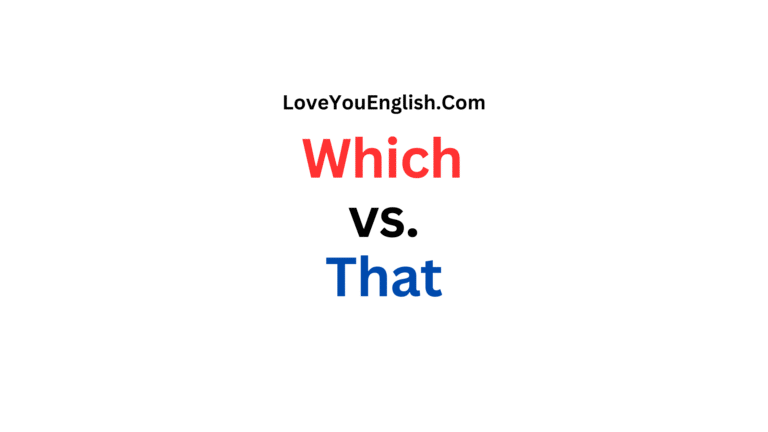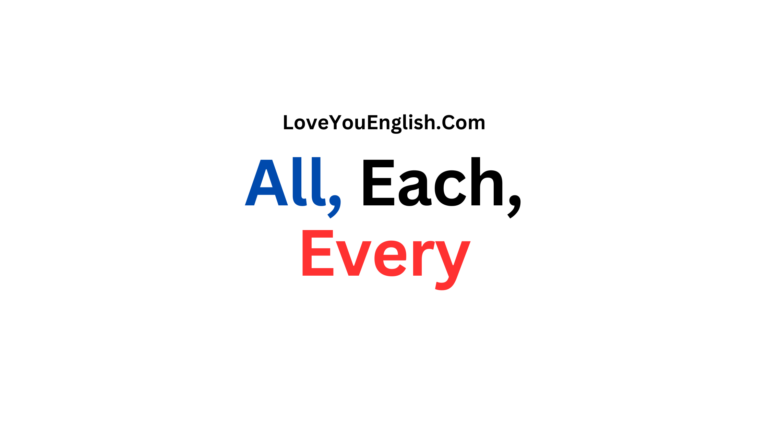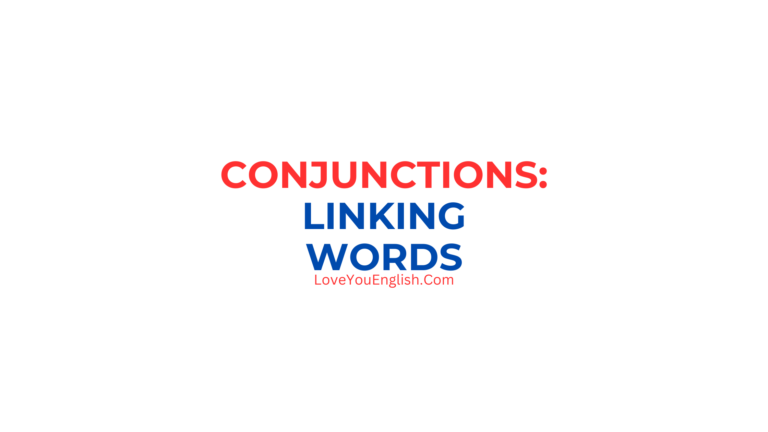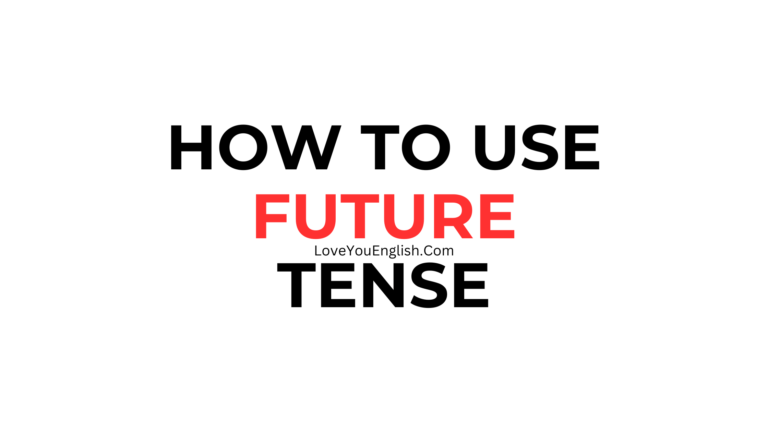Mastering the 4 Types of Sentences
Language is super important for how we talk to each other, and sentences are the main part of language.
Sentences help us share our ideas, ask questions, give orders, and show our feelings. Knowing the different kinds of sentences is really important for good communication, whether you’re writing a paper, creating a story, or just chatting with friends.
In this post, I will help you understand the four main types of sentences: declarative, interrogative, imperative, and exclamatory.
We will examine how they are structured, what they are used for, and how to use them well.
By the time you finish reading this, you will understand these sentence types and be able to use them effectively in your writing and speaking.
Declarative sentences are super important in language.
They help us make statements, share information, or give our opinions.
These sentences always end with a period and are the most common type of sentences you’ll find in writing.
Structure: Usually, a declarative sentence follows the subject-verb-object (SVO) pattern, but there can be some changes.
Examples:
- The sun comes up in the east.
- I love reading mystery books.
- Climate change is a serious problem for the world.
Usage: Declarative sentences can be used in many different ways:
Stating facts: “Water boils at 100 degrees Celsius at sea level.”
Expressing opinions: “I think education is really important for progress.”
Describing situations: “The old house on the hill has been empty for many years.”
Tips for using them well:
Be clear and to the point: Don’t use extra words that could confuse your message.
Use strong verbs: Swap out weak verbs for more powerful ones to make your sentences stand out.
Vary your sentence lengths: Combine short and long declarative sentences to keep your readers interested.
Interrogative sentences are used to ask questions and always end with a question mark.
They are really important for getting information, clearing up confusion, and having conversations.
There are different types of interrogative sentences:
a) Yes/No questions:
These can be answered with just “yes” or “no.”
For example, “Are you going to the game tomorrow?”
b) Wh-questions:
These start with words like who, what, when, where, why, or how.
For instance, “When is your birthday?”
c) Tag questions:
These are statements with a little question added at the end.
For example, “You like pizza, don’t you?”
d) Choice questions:
These give options in the question.
For example, “Do you want to watch a movie or play a game?”
Structure: Interrogative sentences usually change the order of the subject and verb or use helping verbs.
Examples:
- Did you complete your project?
- What time does school start?
- Why do birds sing?
Usage: Interrogative sentences have many uses:
Getting information: “What are the rules for the science fair?”
Clearing up confusion: “Can you tell me how to solve this math problem?”
Starting a conversation: “What do you think about the new school lunch menu?”
Rhetorical questions: “Isn’t it amazing how fast time flies?” (No answer is expected)
More grammar topics:
- Understanding the Difference Between “Since” and “For”
- Degrees of Comparison of Adjectives
- Has vs. Have: What’s the Difference?
- Difference Between “Which” and “That”
- What Is a Collective Noun? Examples & Definition
Tips for using them well:
Be clear: Make your questions specific to get the answers you want.
Think about the situation: Make sure your questions fit the context.
Use the right tone: Change your wording to show if you’re being polite or if it’s urgent.
Imperative sentences are used to tell someone to do something, ask for something, invite someone, or give directions.
They usually start with a verb and often end with a period, but sometimes they can end with an exclamation point to show excitement.
Structure: Imperative sentences generally begin with a verb and have an implied subject, which is “you.”
Examples:
Usage: Imperative sentences can be used in different ways:
Giving directions: “Set the table for dinner.”
Making requests: “Please finish your homework by tomorrow.”
Offering suggestions: “Always bring a water bottle when hiking.”
Inviting someone: “Come over for a movie night this Friday.”
Tips for using them effectively:
Be straightforward: Make sure your instructions or requests are easy to understand.
Use polite language when needed: Saying “please” can make a command sound nicer.
Think about how urgent it is: Use stronger words for things that need to be done quickly.
Pay attention to who you’re talking to: Change your tone based on who you’re speaking with.
Exclamatory sentences are used to show strong feelings or sudden emotions.
They always end with an exclamation point and help express excitement, surprise, anger, or other powerful feelings.
Structure: These sentences can be structured in different ways, but they often start with “What” or “How.”
Examples:
- What an amazing concert!
- I can’t believe we actually did it!
- How could you say that to me!
- Wow! That was so cool!
Usage: Exclamatory sentences make writing and speaking more emotional:
Showing happiness or excitement: “We’re going to the beach!”
Expressing shock or disbelief: “No way she did that!”
Demonstrating anger or annoyance: “Leave me alone!”
Highlighting intensity: “That was the most fun I’ve ever had!”
Tips for using them effectively:
Use them wisely: If you use too many, they can lose their power and make your writing seem over the top.
Pick strong words: Use words that really show how intense the emotion is.
Think about the situation: Make sure the exclamation fits the context and the audience.
Mix up your sentence types: Not every exclamatory sentence has to start with “What” or “How.”
Common Errors and How to Fix Them
Using only one type of sentence:
Issue: Sticking to just declarative sentences can make your writing boring.
Fix: Try to mix in different types of sentences to keep things interesting and lively.
Misplacing question marks:
Issue: Putting question marks at the end of statements that aren’t actually questions.
Fix: Only use question marks for real questions.
Ignoring imperative sentences in how-to writing:
Issue: Writing complicated statements instead of clear commands.
Fix: Use imperative sentences to give simple and direct instructions.
Too many exclamatory sentences:
Issue: Using too many exclamation points can come off as unprofessional or too emotional.
Fix: Use exclamatory sentences only when you really need to emphasize something.
Mixing up imperative and declarative sentences:
Issue: Writing commands as if they were statements.
Fix: Start imperative sentences with a verb to make it clear that you’re giving a command.
Forgetting to switch the subject and verb in questions:
Issue: Making questions without the right structure.
Fix: Practice forming questions correctly, especially when using helping verbs.
Using comma splices:
Issue: Connecting independent clauses with just a comma.
Fix: Use the right punctuation (like a period or semicolon) or coordinating conjunctions.
Creating run-on sentences:
Issue: Trying to fit too many ideas into one sentence.
Fix: Split long sentences into shorter, clearer ones that vary in type.
Conclusion
Learning about the four kinds of sentences—declarative, interrogative, imperative, and exclamatory—is super important for good communication in writing and speaking.
Each type has its own special role, helping you share information, ask questions, give orders, and show feelings clearly.
When you know how each sentence type works, you can:
- Make your writing more interesting and diverse
- Share your thoughts more clearly
- Change your language based on who you’re talking to
- Steer clear of common grammar errors
Keep in mind that practicing is the best way to get better at using these sentence types.
Look at your own writing often, read a lot to see how great writers mix up their sentences, and don’t be afraid to try out different styles in your work.
As you keep improving your writing, mastering these four sentence types will give you a strong base for more complex writing skills.
Whether you’re writing a school essay, telling an exciting story, or just chatting in daily life, being able to use all four types well will really boost your communication abilities.
So, the next time you write, think about this:
Am I using all the different sentence types I can?
How can I change up my sentences to make my point clearer?
By actively using this knowledge in your writing, you’ll be on your way to becoming a better and more flexible communicator.

